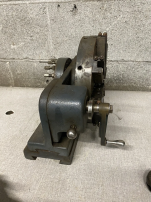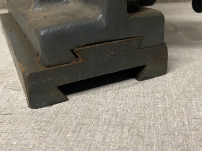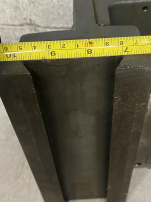markwesti
Aluminum
- Joined
- Apr 26, 2018
- Location
- Seal Beach , California
I'm pretty sure this was not made by the "A" word Co. , are we aloud to talk about the "Clau." word Co. ? Avert your eyes if not . Anyhow this is a pretty cool piece of tooling , I think .
Mark .

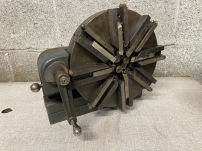
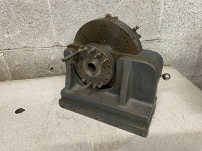
Mark .

Rare Atlas Clausing LATHE TURNING CENTER TOOL TURRET ASSEMBLY Manual Production | eBay
<p>Used condition, original paint, overall nice shape some surface rust spots to the metal surfaces. Hand crank turns freely. Please see photos for details and condition. Any information on this item would be greatly appreciated. Thanks for looking </p><br /><p>Shipping price to the lower 48...
www.ebay.com


Last edited:


